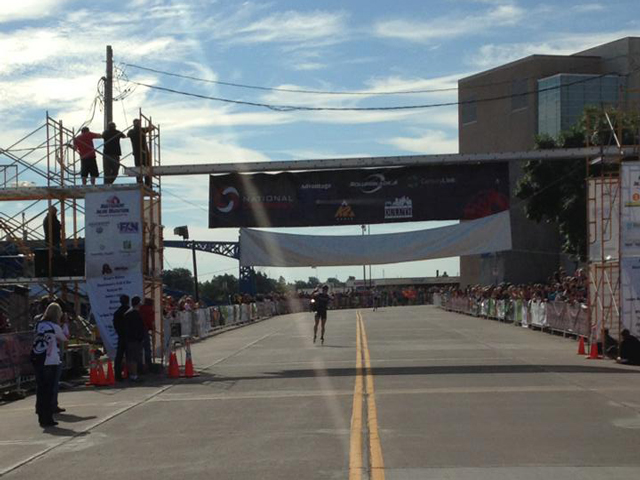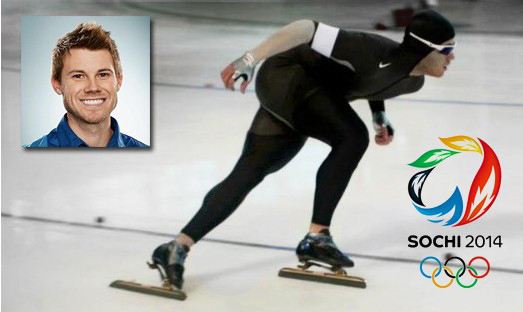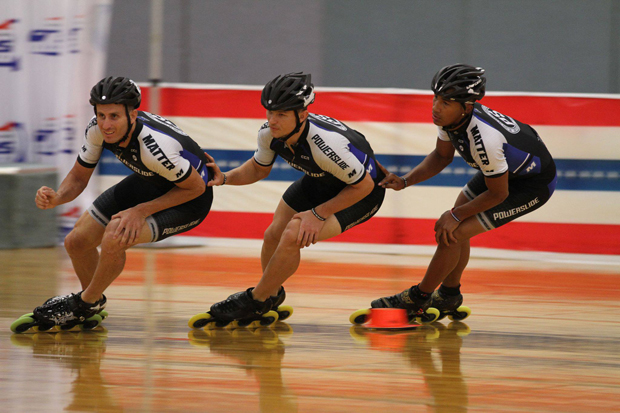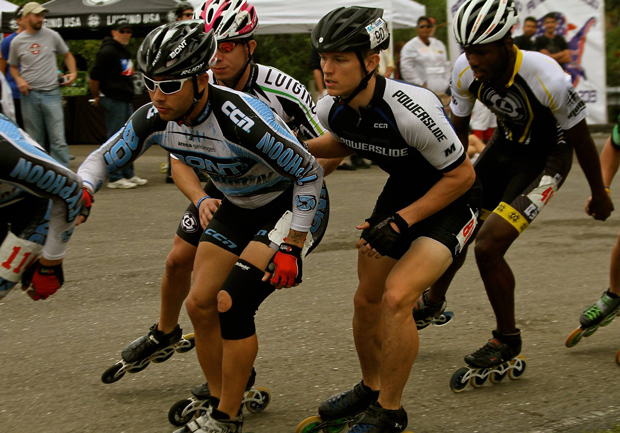Exploring the Similarities and Differences of Inline Speed Skating vs. Short Track Speed Skating
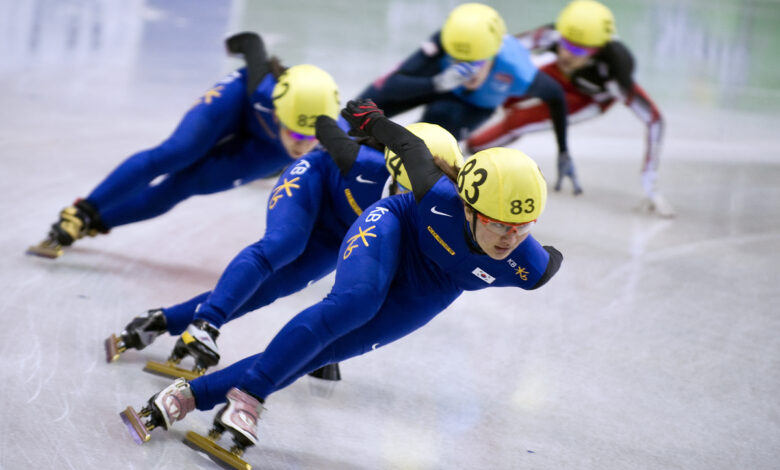
Inline Speed Skating and Short Track Speed Skating are two exhilarating sports that showcase the remarkable skill and speed of athletes on wheels and ice, respectively. While each sport has its unique characteristics, there are also notable similarities and differences between inline speed skating and short track speed skating.
The Similarities of Inline Speed Skating vs. Short Track Speed Skating
Speed and Endurance
Both roller inline speed skating and short track speed skating demand exceptional speed and endurance from the athletes. Skaters in both disciplines undergo rigorous training to develop their cardiovascular fitness, leg strength, and explosive power. The ability to generate and maintain high speeds over short distances or laps is a key aspect of both sports.
Technique and Agility
Efficient technique and agility are fundamental in both inline speed skating and short track speed skating. Skaters must master various techniques such as crossovers, quick turns, and precise weight shifts to maximize their speed and maneuverability. Quick and precise footwork, combined with the ability to swiftly change directions, are essential skills in both disciplines.
Racing Tactics
Both inline speed skating and short track speed skating are highly strategic sports that require athletes to employ effective racing tactics. Skaters must make split-second decisions regarding overtaking, blocking opponents, and positioning themselves optimally on the track to gain a competitive edge. Races in both disciplines often involve intense battles for positioning and strategy, adding an exciting element to the sport.
The Differences of Inline Speed Skating vs. Short Track Speed Skating
Skating Surface
The most obvious difference between the roller and ice sports is the surface on which they take place. inline speed skating is performed on smooth surfaces, typically on outdoor tracks or indoor arenas with specialized wheels. In contrast, short track speed skating is conducted on an ice rink, where athletes wear ice skates specifically designed for maximum speed and maneuverability on ice.
Skating Equipment
Inline speed skaters use inline skates with multiple wheels arranged in a line, similar to those used in recreational inline skating. These skates provide stability and speed on the smooth surfaces. On the other hand, short track speed skaters wear ice skates with a single blade, enabling them to glide and maneuver swiftly on the ice rink.
Track Layout
The track layouts in inline speed skating and short track speed skating differ significantly. In inline speed skating, the track is typically an oval shape with a flat or slightly banked surface. short track speed skating tracks are shorter and more compact, often resembling a hockey rink. The tight turns in Short Track Speed Skating require quick acceleration and agile maneuvering.
Contact and Physicality
Short track speed skating is known for its physicality, with skaters often competing in a pack, leading to incidental contact. Inline speed skating, although generally a non-contact sport, can involve pack-style racing where skaters jostle for position. However, the level of contact and physicality in Inline Speed Skating is typically lower compared to short track due to the nature of the surfaces.
Event Distances
In inline speed skating, races are often held at longer distances, with events ranging from 300 meters to several kilometers. Short Track Speed Skating features shorter event distances, usually ranging from 500 meters to 3000 meters, emphasizing quick bursts of speed and intense racing.
Despite their differences, inline speed skating and short track speed skating share a common foundation of speed, technique, and strategy. Whether on wheels or ice, these sports attract athletes with a passion for high-speed competition and the pursuit of excellence. So, whether you prefer the smooth glide of inline skates or the swift grace of ice skates
